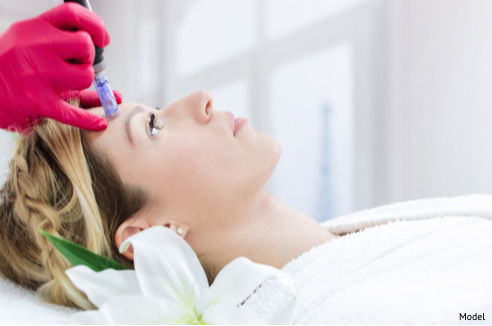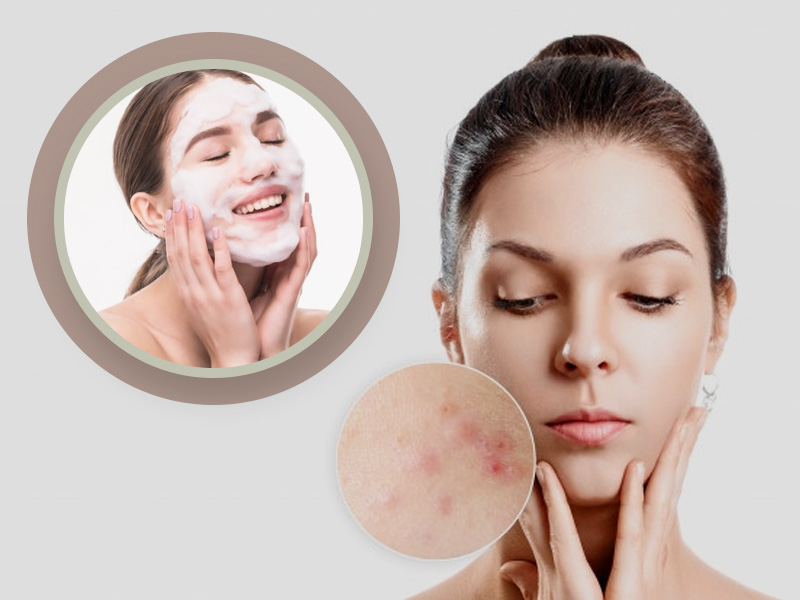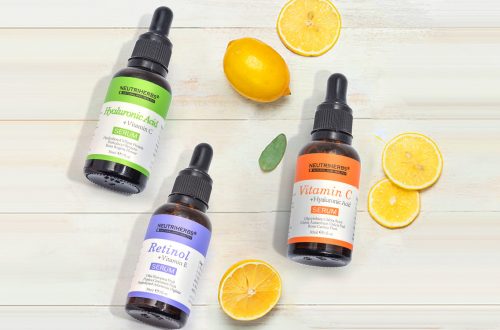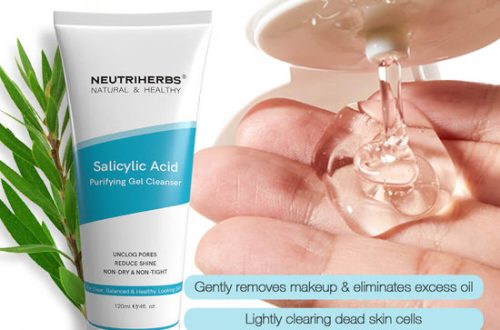
How To Use Kojic Acid Safely And Avoid Side Effects
As a part of the kojic acid story, it’s important to understand that this substance has been around for quite some time. It comes from fermented rice. The fermentation process is what produces it as a fungal byproduct, but then the Japanese people discovered that they could use it in sake making as well.
Little did they know how far kojic acid would spread and become popular.
Skin lightening effects of kojic acid
Kojic acid works by inhibiting the production of melanin (a pigment in your skin) and thus lightens your skin. The amount of lightening will vary based on your individual body chemistry, but if used correctly, most people can expect to see at least a one shade difference in their skin tone.
How well kojic acid works depends on how much you use it and for how long. Clinical studies show that the average person experiences gradual lightening of their complexion over an average period of two months when using daily kojic acid products. For these reasons, we recommend that anyone interested in trying kojic acid apply it every day for at least a month to see ideal results.
Anti-bacterial activity of kojic acid
Apart from its skin lightening benefits, kojic acid is also known for its anti-bacterial activity. The reason why it works as an effective anti-bacterial agent is because it blocks tyrosine, which is needed for the production of melanin and in building proteins. Kojic acid has been found to be particularly effective against bacterial strains such as Escherichia coli, Staphylococcus aureus, and Bacillus subtilis.
As you may already know, kojic acid is not just a potent skin lightening ingredient. It can also work very well as an anti-inflammatory agent when used topically on the skin. This makes it ideal for treating conditions like rosacea among others.
Anti-inflammatory activity of kojic acid

Kojic acid is an excellent anti-inflammatory, which means it can help reduce redness, irritation and swelling.
This makes kojic acid great for treating many inflammatory skin conditions including:
- Acne
- Rosacea
- Sensitive skin
Kojic acid can also be applied topically to treat sunburns and insect bites as well as rashes from contact dermatitis and poison ivy.
Other benefits of kojic acid
Kojic acid works well in treating acne, removing sun tan, reducing the signs of ageing, removing dark spots, and freckles. Many people have seen their hyperpigmentation fade away after applying kojic acid for several weeks.
- It helps remove pigmentation
- It helps remove skin discoloration
- It helps improve skin complexion
- It helps remove hyperpigmentation
What are the bad sides of using kojic acid?
While kojic acid can do wonders for the skin when used correctly, it can also have adverse effects if not used safely. Kojic acid may cause a skin reaction called contact dermatitis. Contact dermatitis is a localized rash or irritation of the skin caused by direct contact with a substance. The symptoms of contact dermatitis include redness, inflammation, itching and burning.
If you notice any sign of contact dermatitis after using a kojic acid product, discontinue use immediately and consult a healthcare professional to determine if you have an allergy to kojic acid or any other ingredient in the product.
To avoid any reactions from kojic acid products, we recommend testing the product on your hand first before applying it to your face. To ensure that you will not be affected by the fumes from this product, apply it in a well-ventilated room or outdoors if possible.
Contraindications and precautions when using products with kojic acid
If you’re interested in using kojic acid, there are a few important precautions to keep in mind.
- Wear sunscreen. Kojic acid is often used to lighten skin and may make it more sensitive to the sun. Avoiding sun exposure is an essential part of any skincare regimen, but it’s especially important if you’re using products with kojic acid.
- Talk to your doctor if you think you’re allergic. Before using any product with kojic acid, consult your physician about whether or not the ingredient’s right for you. If you already know that you have an allergy to kojic acid or any of its components, avoid applying it onto your skin or distributing it over a large area of your body as this could cause dangerous side effects. Not sure if you have an allergy? Ask a doctor before trying anything new!
- Don’t use around children and avoid contact with eyes, open wounds, and mucous membranes like those found in the mouth and nose. Even though kojic acid can be found naturally in foods and has been deemed safe for consumption by the U.S. Food & Drug Administration (FDA), studies show that oral doses can be toxic in large quantities when ingested by humans so don’t use products on kids under 12 years old without first consulting a pediatrician about safety and dosage recommendations for younger children
Don’t use undiluted Kojic Acid on your skin, and look out for any contact dermatitis symptoms.
Kojic acid is a potentially irritating ingredient, so it’s best to use the lowest possible concentration of Kojic Acid.
Also, remember that you should not use kojic acid for more than six weeks at a time to avoid over-sensitizing your skin.
If you’re pregnant or breastfeeding, you should definitely avoid using products with kojic acid in them. If your immune system is compromised for any reason, it’s also a good idea to steer clear of Kojic Acid.




